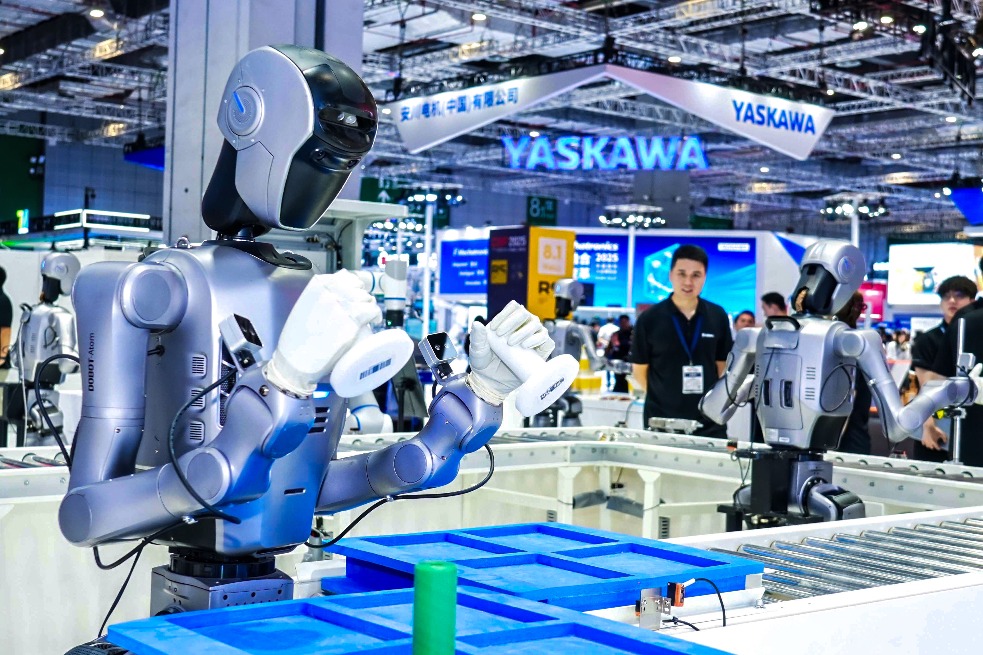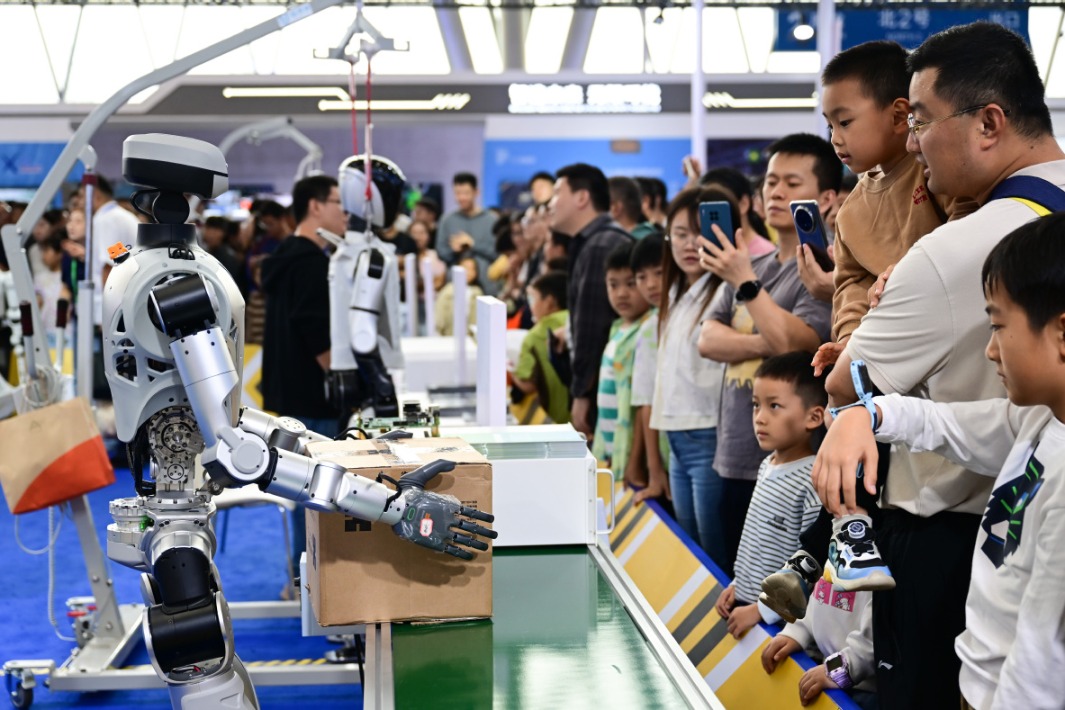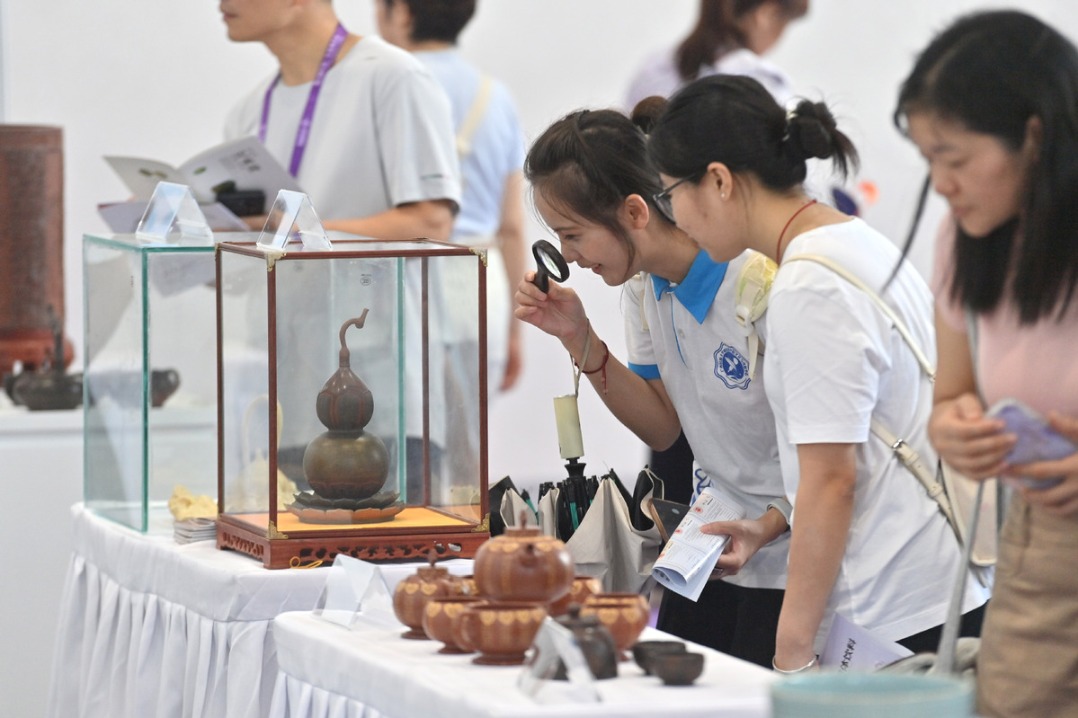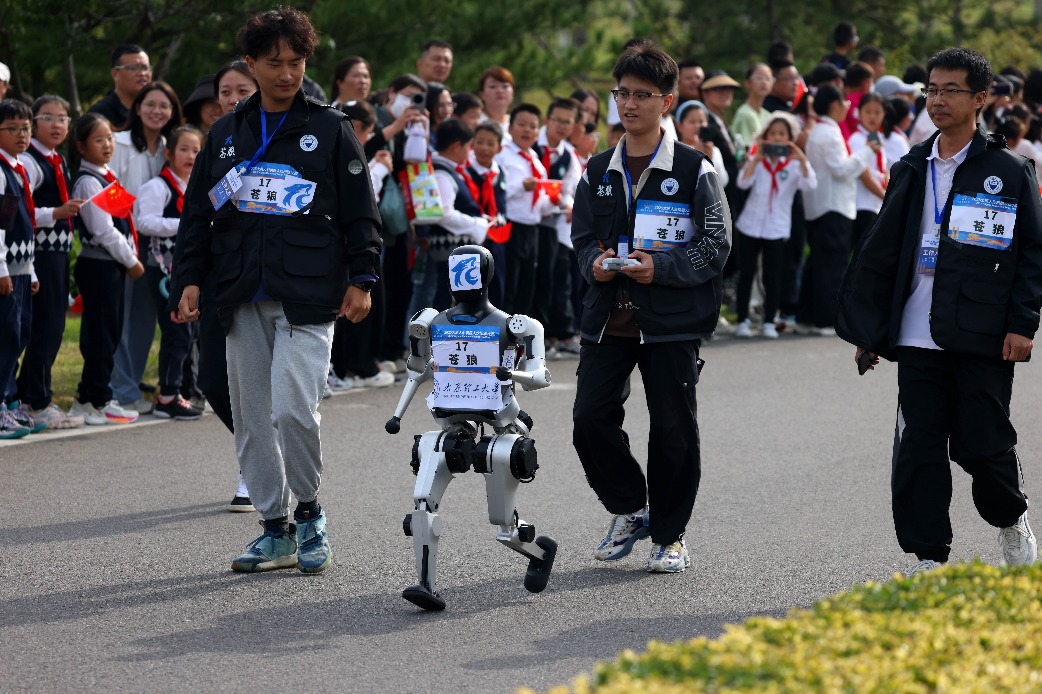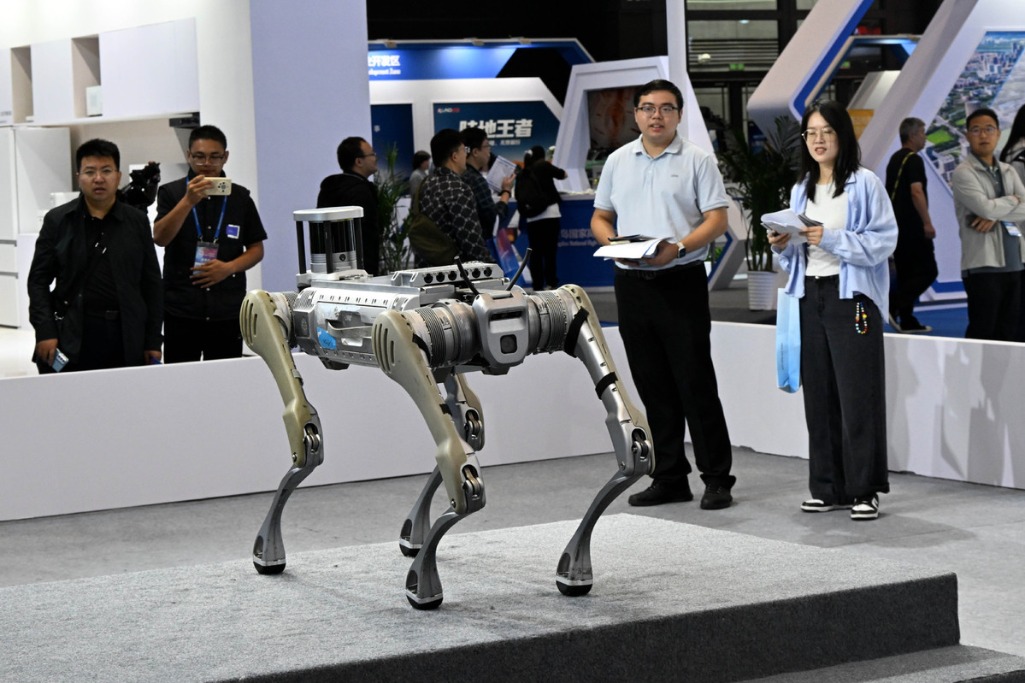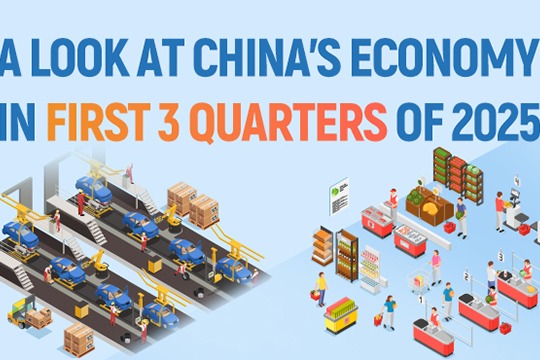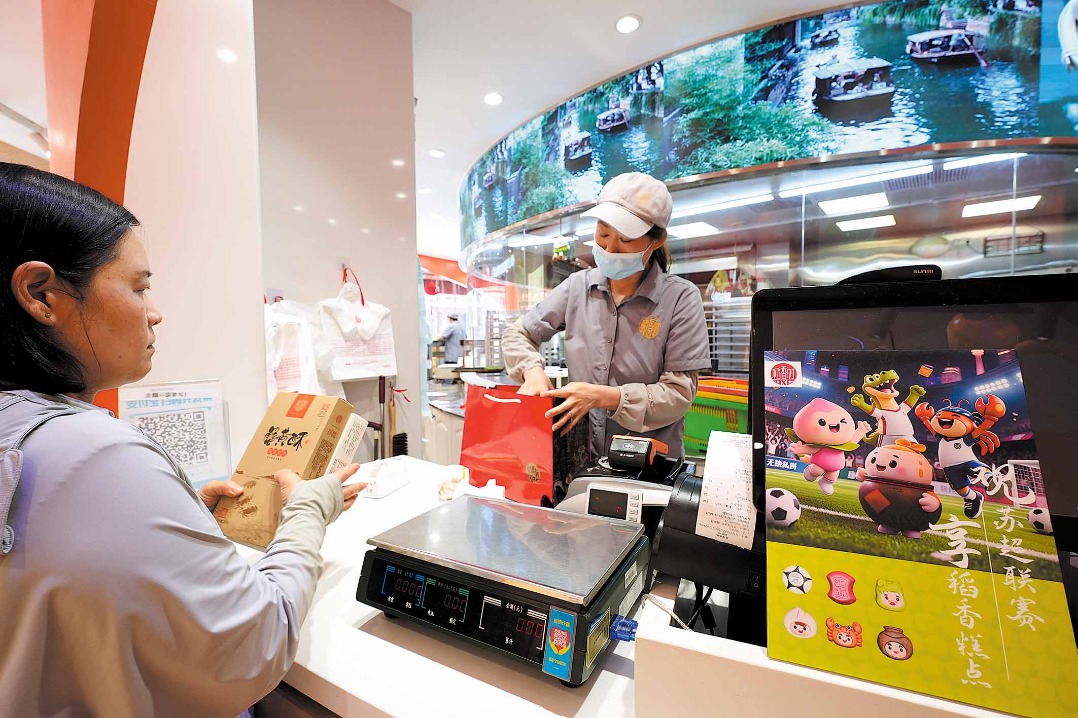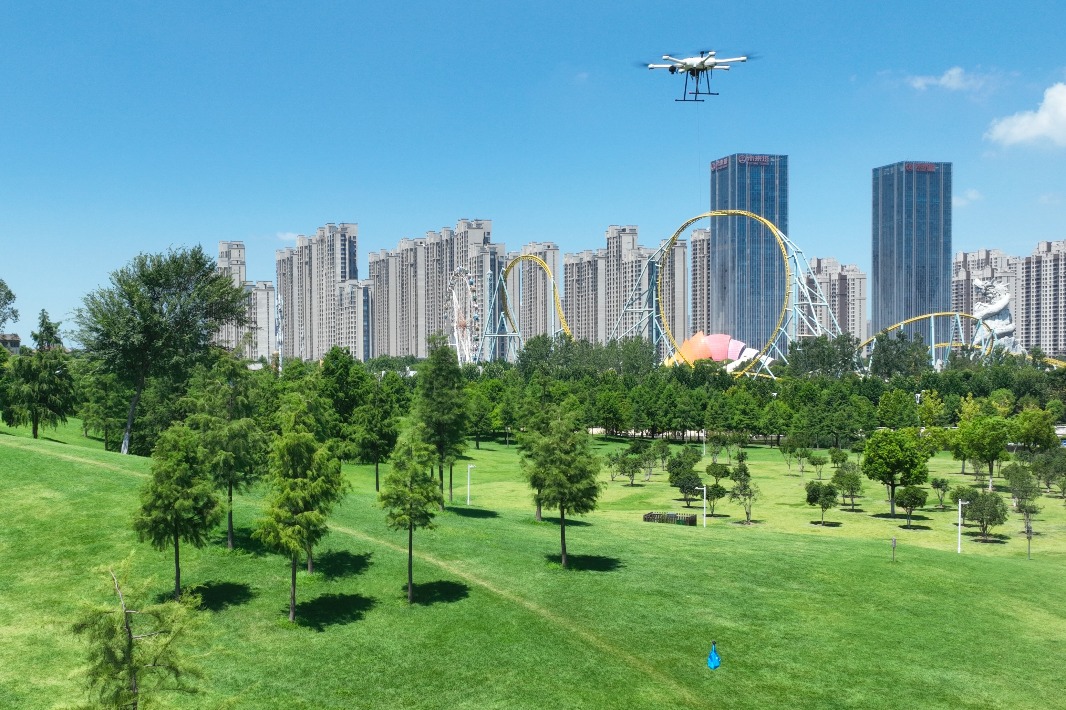Putting whole heart into buildings matters to all

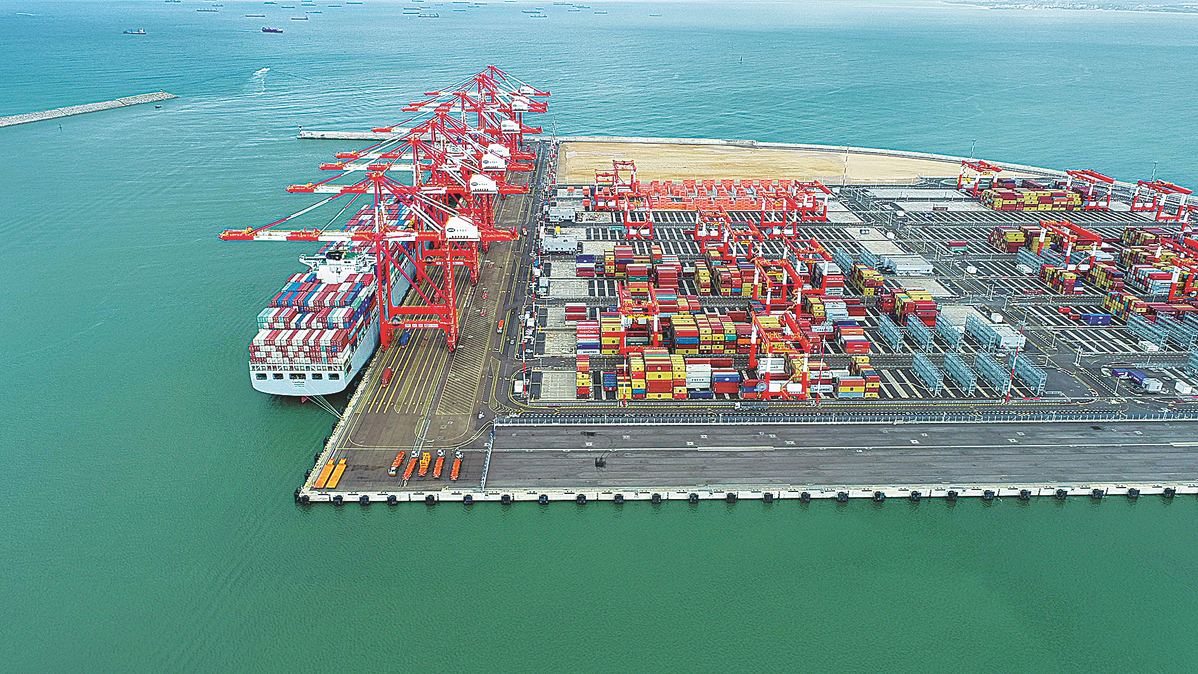
Reaching for the sky
With ancient Cairo being a national capital long haunted by problems such as aging buildings and population saturation, the Egyptian government, after six years of preparation, has started to move its capital since early December to the New Administrative Capital in the desert, some 50 kilometers east of Cairo.
In contrast to the old capital, the New Administrative Capital, including 20 high-rises built over more than 500,000 square meters of land area and 1.92 million sq m of construction area, shows its residents what they had been expecting-malls, hospitals, apartment buildings, and the central business district where the 385.8-meter high Iconic Tower stands.
The tallest tower on the continent of Africa, the Iconic Tower is deemed the most remarkable building in the project. It has floors that will include business offices, residential apartments, a hotel and government buildings, said CSCEC, the company leading the CBD construction. After three and a half years, construction of the tower and all the other buildings are now complete. What remains are just the finishing touches.
"It's a remarkable job given the impact the COVID-19 pandemic had on businesses," said Chang Weicai, general manager of CSCEC Egypt, adding that work was barely interrupted since its commencement.
"Since the project started in 2018, CBD has seen normal progress. Even in the tensest of times at the beginning of 2020 during the pandemic, the progress rate was reduced, but the construction never stopped," Chang said.
To run a $3.8 billion project nonstop during the peak of a massive interruption to global supply chains was a hard nut that has been cracked. CSCEC said they had to modify their usual workflow to keep up with the emerging global challenges at the time.
"The global supply chain issues had a great impact on the project. We've quickly taken measures to make us flexible in meeting these changes by choosing our materials from alternate providers so the impact on construction progress would be minimal," Chang said.
More than 300 Egyptian companies have joined CSCEC in this project, creating jobs for over 30,000 locals, including Waleed Ramadan, an Egyptian technical engineer with the CSCEC project team.
"When I learned that CSCEC signed the contract with Egypt for this project, I focused my efforts to approach them for a job opportunity. Fortunately, they called me for an interview. I started work from the very beginning, since the digging began," Ramadan said.
The CBD project offers the 33-year-old engineer an "experience of a lifetime". He said: "It's the first time Egypt enters the field of skyscrapers … This project transferred a huge amount of Chinese expertise in the construction field. We've benefited a lot."
Chang added that: "We set up a training institution to train local workers and engineers and to cultivate their technical skills. Our aim was to empower them with the actual needs of the project. Egypt is strong in the construction field. The time Egyptians spent here in the CBD project has given them a lot of experiences. I believe that after the completion of this project the level of construction engineering in Egypt will see a big improvement."
Not just transforming the skyline in Egypt, but CSCEC, a major infrastructure builder listed on the Fortune 500, is also leveraging its expertise in this area to help more countries "reach for higher altitudes", including the Exchange 106 tower in Malaysia, which soars more than 450 meters into the Kuala Lumpur skies and was constructed at a speed never seen before in Malaysia-around one floor every three days.
According to China State Construction Engineering (M) Sdn Bhd, or CSCEC Malaysia, the tower is part of the Tun Razak Exchange and is also an iconic building in the new CBD of the capital city.
"We needed their expertise on the super-tall structures," said Patrick Honan, general manager of the Exchange 106 project. "It's a very lightweight structure in terms of what has been built with a concrete core and steel beams, and trapezoid decking gives it efficiency and sustainability."
"Other than the utilization of the new construction technologies from China of super high-rise construction and 'smart sites', we have also developed a localized management team and subcontracting resources to promote the construction of local projects, and jointly contribute to the development of Malaysia," said Lyu En, managing director of CSCEC Malaysia, adding that he believes the company has been making positive contributions to the BRI and hopes to see more benefits to the local economy moving forward.

















